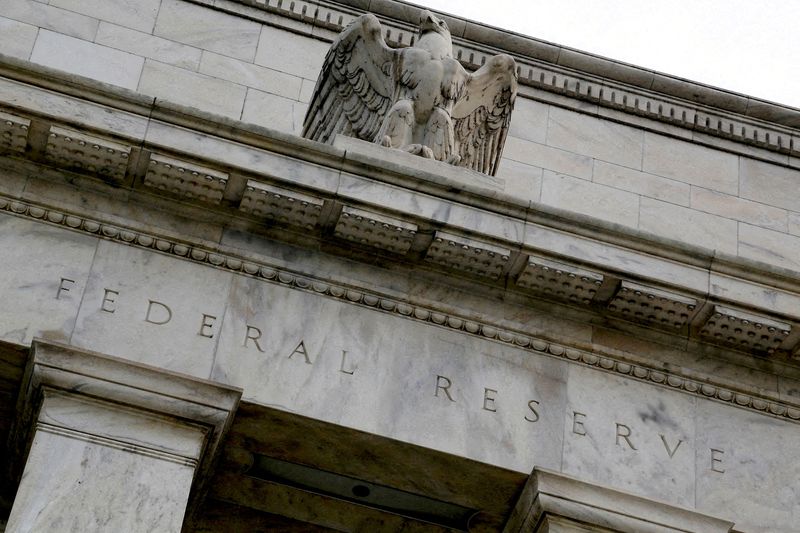By Howard Schneider
WASHINGTON (Reuters) – U.S. Federal Reserve Governor Christopher Waller, one of the more ardent voices in the central bank’s battle to hike interest rates to tame inflation, said he supported a larger rate cut this week because he is now worried the pace of price increases is undershooting the Fed’s target.
Waller said that inflation data received during the days ahead of this week’s meeting led to estimates that one key measure of inflation the Fed tracks for its 2% target may have run well below that for the four months through August.
August PCE data will not be released until next week, but the chief components of it were in hand for the Fed’s meeting on Tuesday and Wednesday, allowing officials a good base for estimation.
“If this estimate comes in correct, core PCE is running below our target, and that’s with very high housing services inflation,” Waller said on CNBC, referring to the Personal Consumption Expenditures price index stripped of volatile food and energy components that are not thought to reflect underlying inflation trends.
“That is what put me back a bit to say, wow, inflation is softening much faster than I thought it was going to. And that is what put me over the edge to say, look, I think 50 (basis points) is the right thing to do,” Waller said, bracing comments from someone who had a prominent role in crafting the Fed’s inflation response.
His comments supplemented those of Fed chair Jerome Powell this week, who after the Fed meeting focused on risks to the job market as the chief rationale for the larger than expected Fed cut and did not explicitly discuss concerns about below-target inflation.
Traders took Waller’s comment to heart and advanced bets that the central bank would approve another half-point cut at its November meeting.
Waller said incoming data would drive that decision, but that he would have no problem with further big cuts if that is what seems needed to keep inflation near target. The Fed spent much of the decade before the 2020 pandemic trying to generate price pressures in the economy to meet the 2% level that policymakers have decided keeps wage and price setters forward-looking and provides a buffer against deflation without unduly influencing borrowing and spending decisions.
“I was a big advocate of large rate hikes when inflation was moving much, much faster than any expected. And I would feel the same way on the downside to protect our credibility of maintaining a 2% inflation target,” Waller said. “So if the data starts coming in soft and continues to come in soft, I would be much more willing to be aggressive on cuts.”

